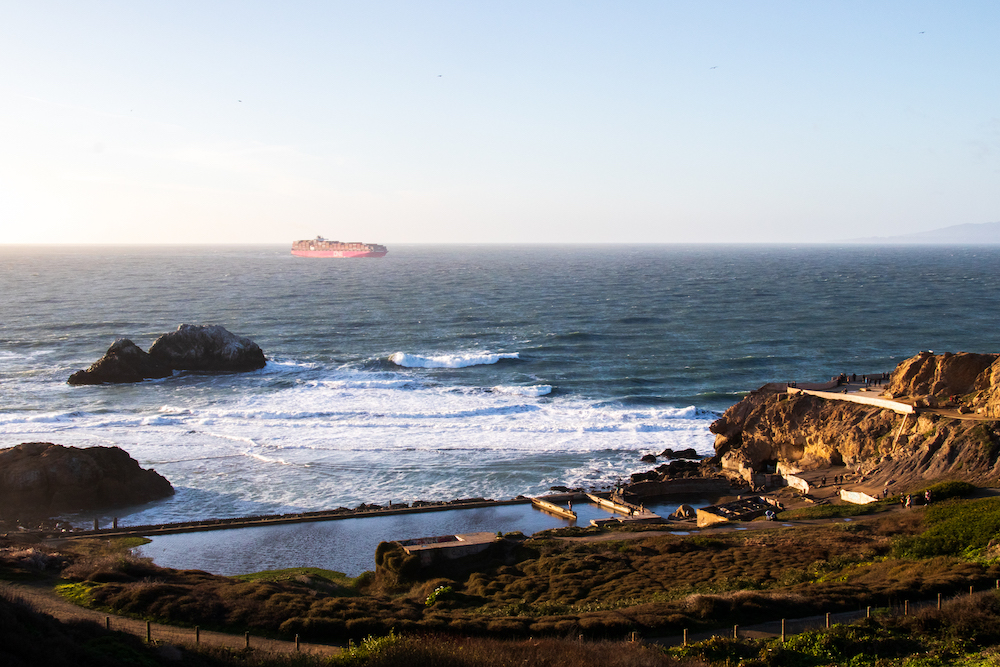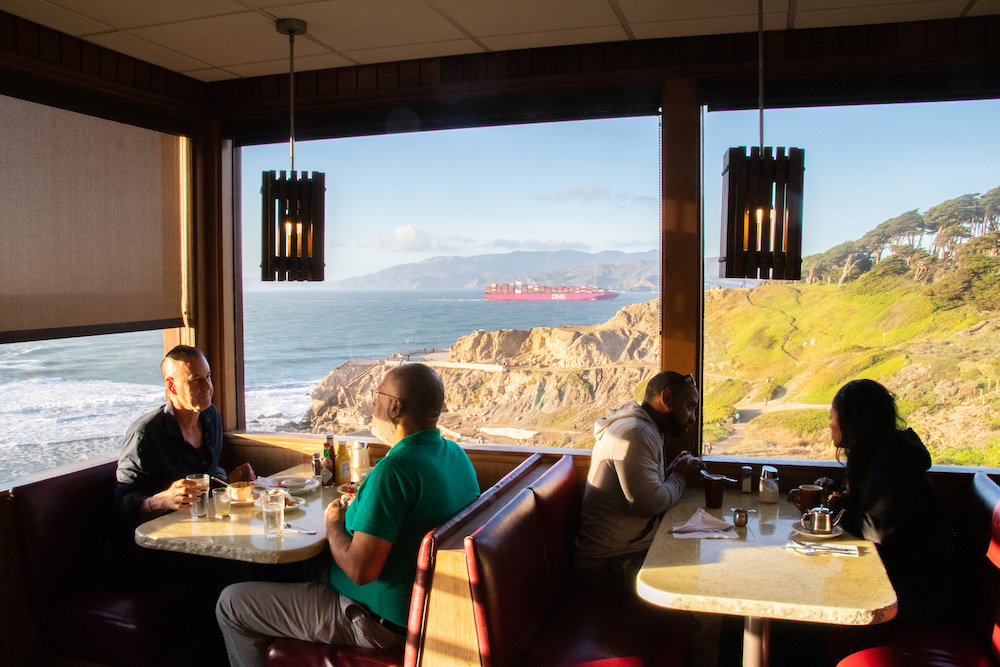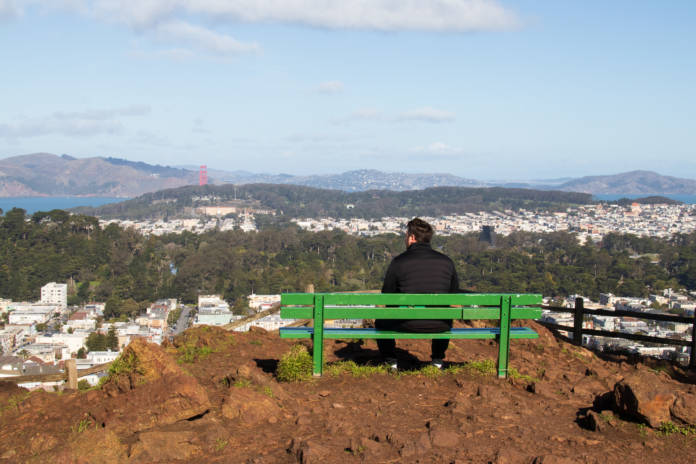Read part 1 of Lucas’ journey here.
From the grassland of McLaren Park to the forests of Golden Gate and the cliffs of Lands End, the Crosstown Trail does not fail to showcase the diversity of San Francisco’s parkland. What it also shows is the relationship between humanity and our environment: How nature shapes the city, and how the city shapes nature.

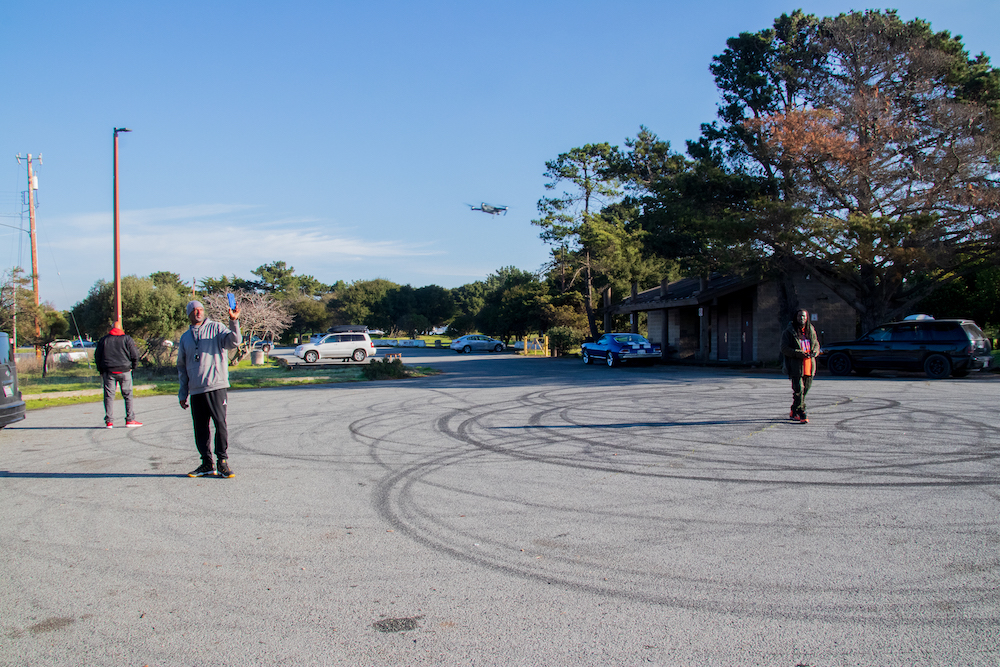
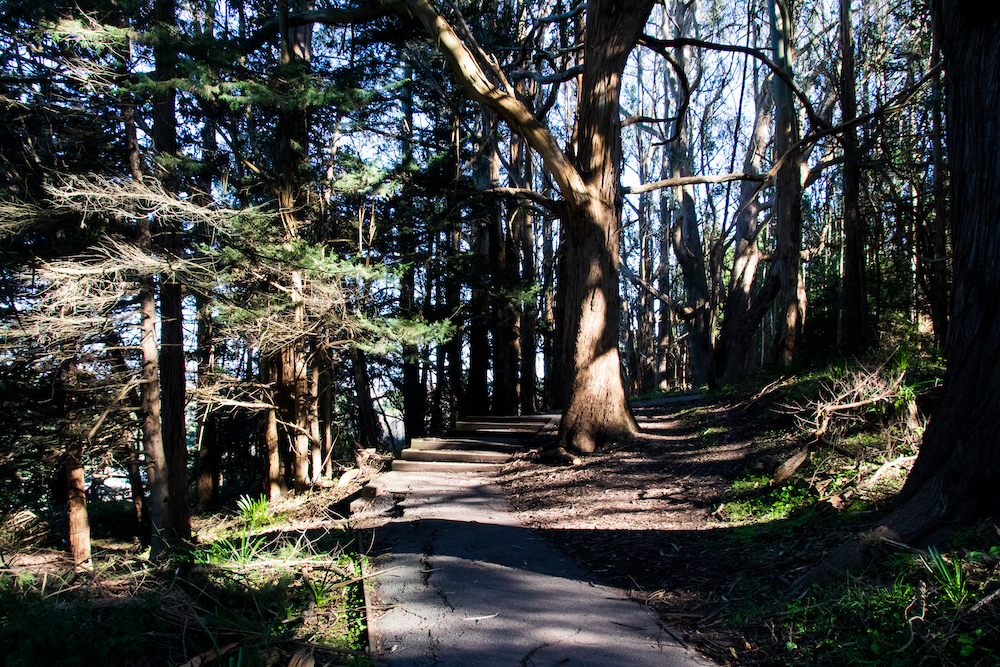
A not insignificant portion of the Trail goes through Glen Canyon Park. The park, encompassing a ravine carved by Islais Creek, is one of the few places one can catch a glimpse of San Francisco as the Yelamu – the peninsula’s original inhabitants – saw it. Islais Creek occasionally pokes through a thicket of vegetation that is interrupted only by the dirt path, which itself is narrow and often overgrown, and the steep canyon walls deaden the sounds of the nearby highway. At the right place, the city disappears altogether.
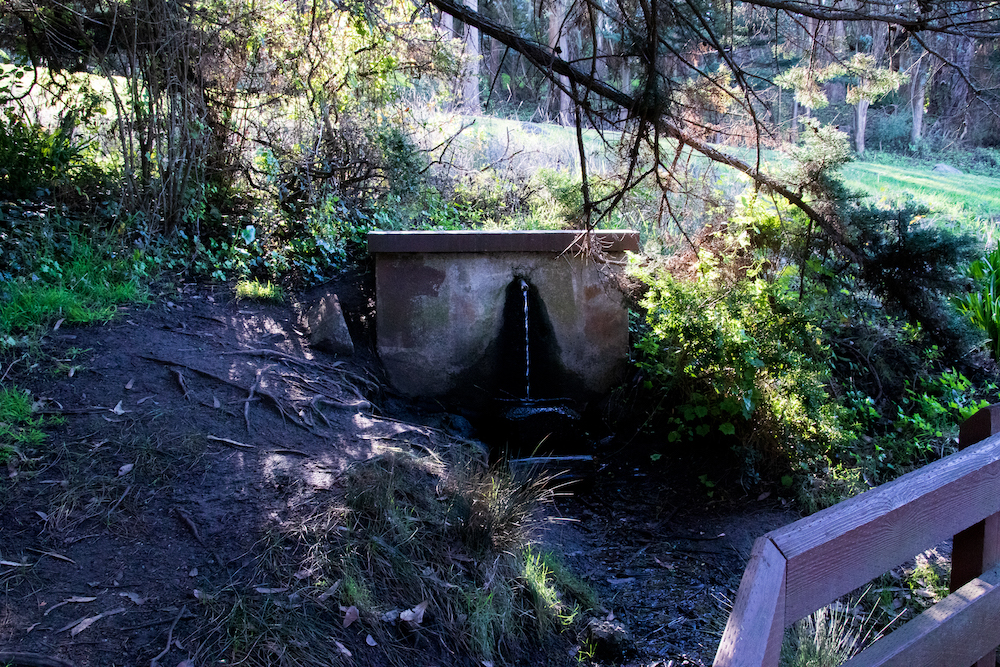

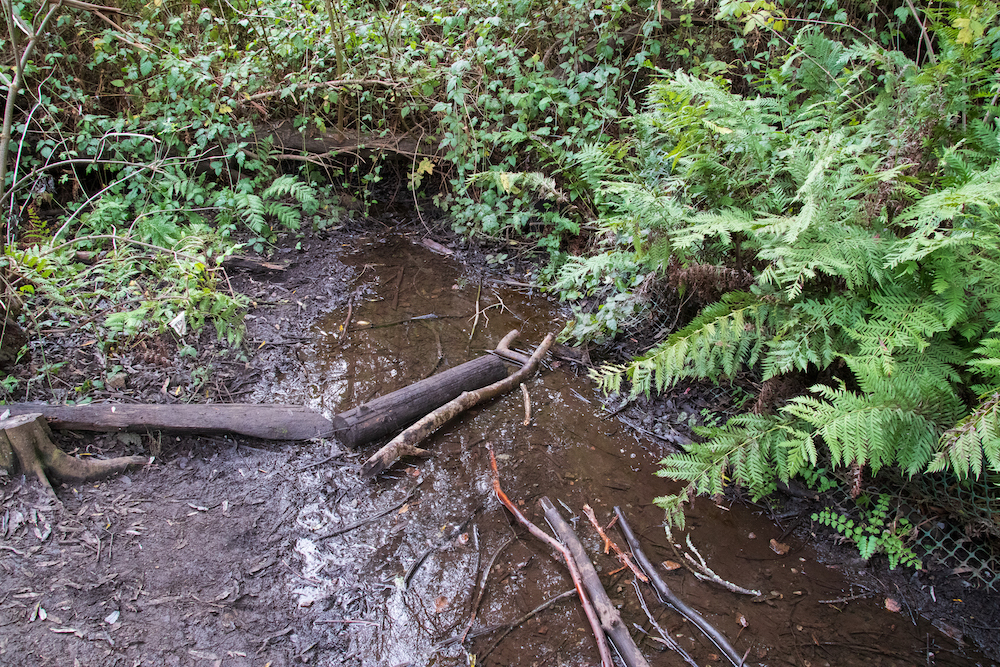
Glen Canyon is an outlier. The rest of the city is a testament to the human ability to warp the natural world as we see fit. A too-short section of the Trail goes through Golden Gate Park. Despite appearances, the forests that sprawl across city’s most famed park are not natural, but were in fact planned and planted on sand dunes. Even Lands End is cultivated: the pine trees arching over the Trail as it goes along the bluff side were planted for beautification. In San Francisco, it would seem that mankind’s domination over the environment is complete, with nature claiming only small victories: overgrown vines cracking the pavement on Cambridge Street, an impenetrable rock formation on 14th Avenue. And yet, the abundance of parks in San Francisco – 20% of the city’s area – belies our fundamental reliance on the natural world.

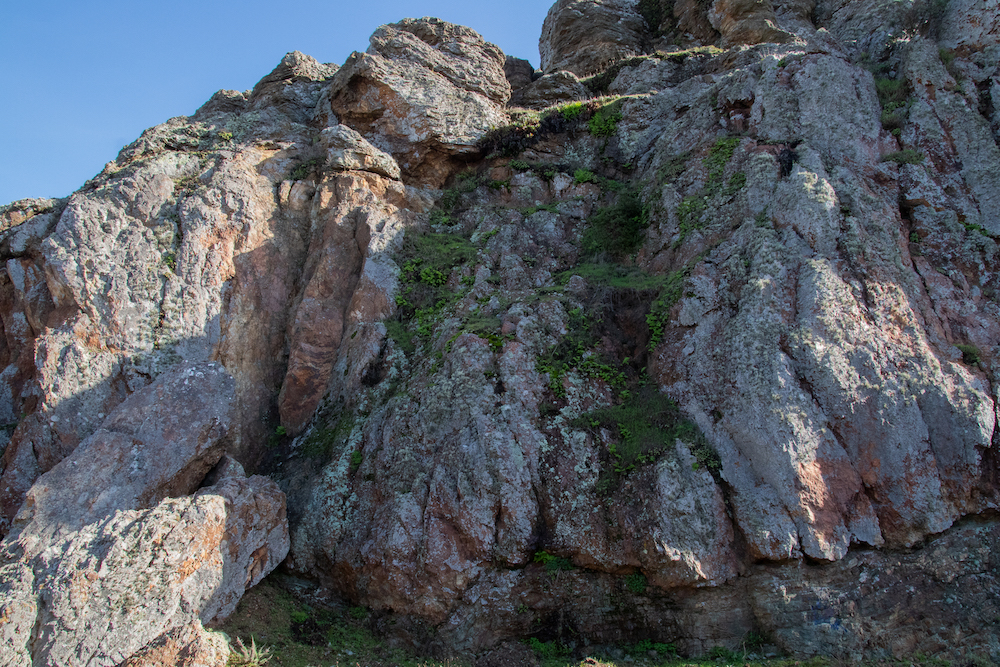
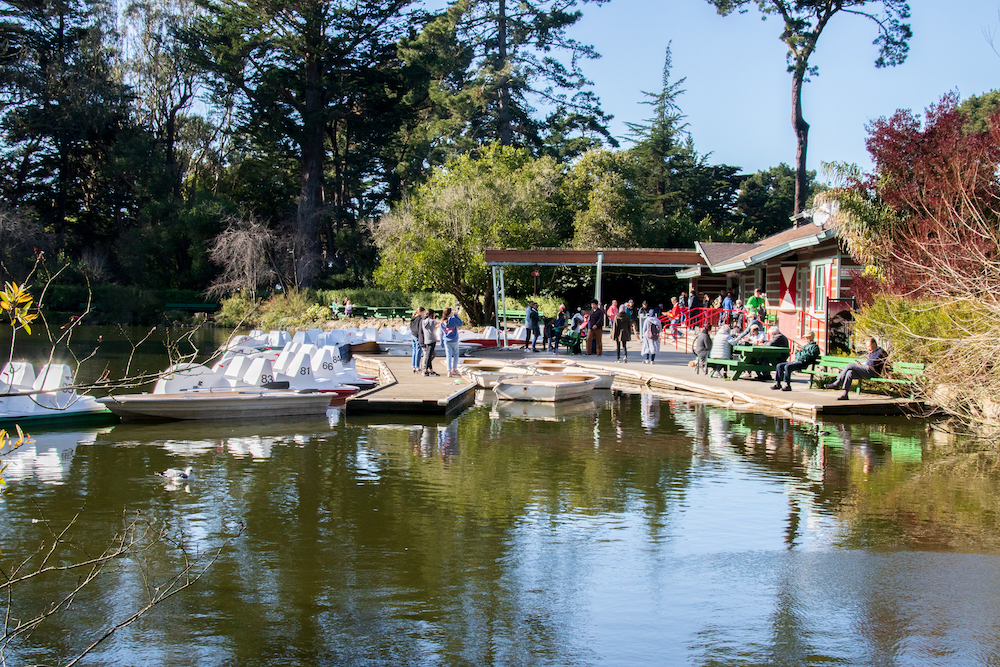
The built environment of the city has reinforced inequality, and its geography of hills and valleys doesn’t help. Where the built environment separates the city’s inhabitants, the parks unite them. Parks are, by their nature, egalitarian. Eating lunch by Stow Lake or feeling the wind whip around you at Grandview Park is a reminder that the social problems that plague San Francisco are not inevitable. In fact, it’s all too easy to forget about them altogether.


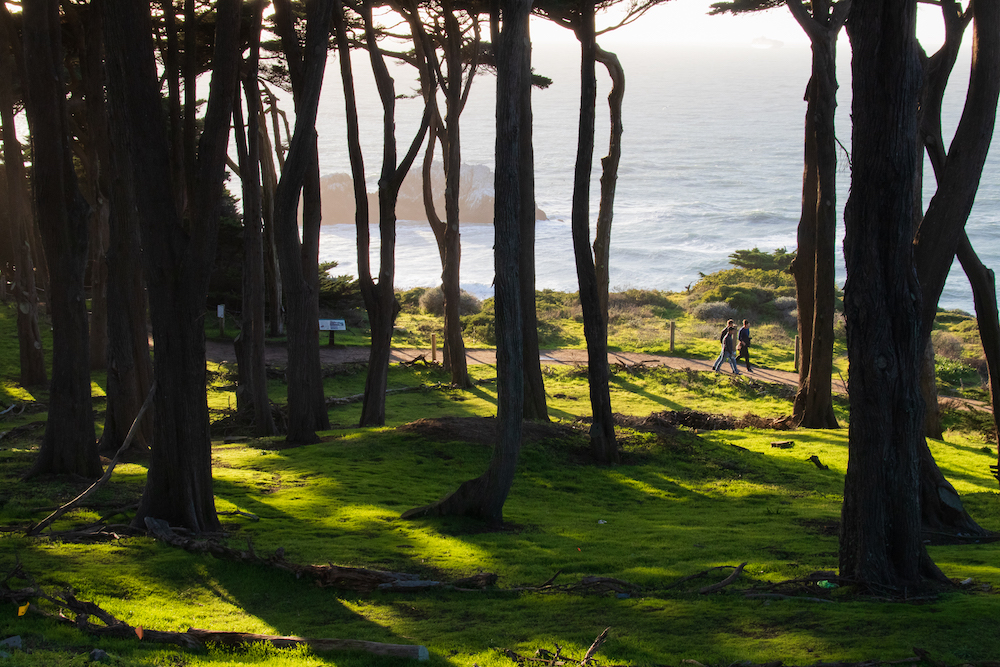
The Crosstown Trail is a lonely sojourn. I met only a few other people making the same journey, a kitted-up solo adventurer on the northern edge of Glen Park and a family attempting it in sections near the 16th Avenue Tiled Steps. The streets are largely empty, save for the occasional burst of activity as a school lets out or on the always-busy 19th Street. The Trail gives no sense of closure. The beauty it offers, from the sweeping vistas to the eclectic architecture, make it clear why San Francisco has attracted people in droves, but the knowledge of the inequality that threatens to tear the city apart makes it bittersweet. Reaching the end of the day’s journey, above Sutro Baths, watching a barge enter the harbor and the sun’s light scatter across the horizon, all the city’s problems, all your problems, become irrelevant, and life in this improbable city, for a moment, seems worth it.
